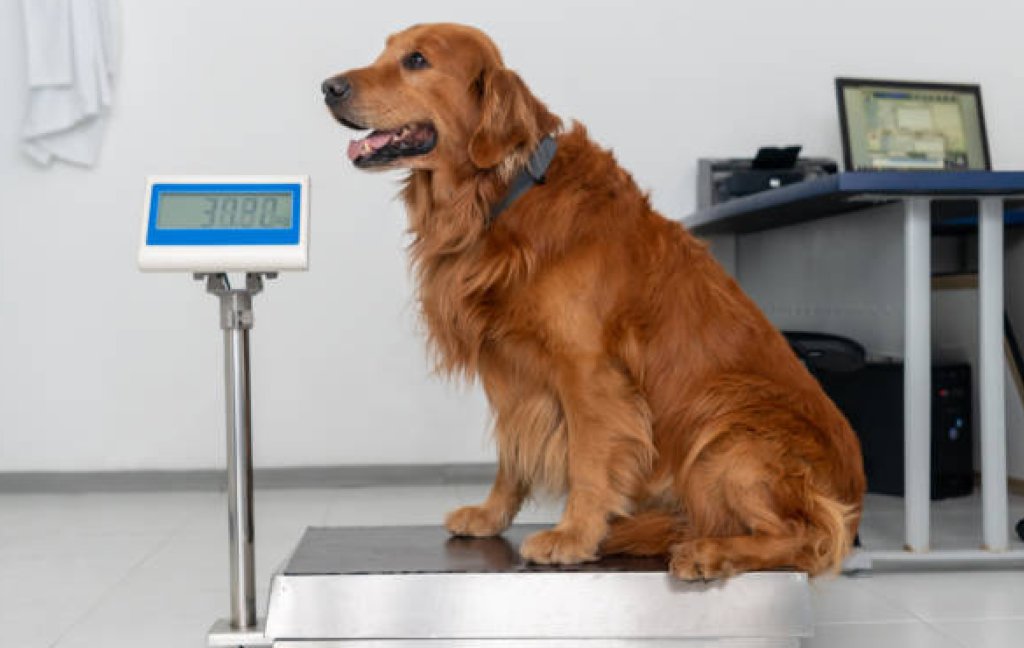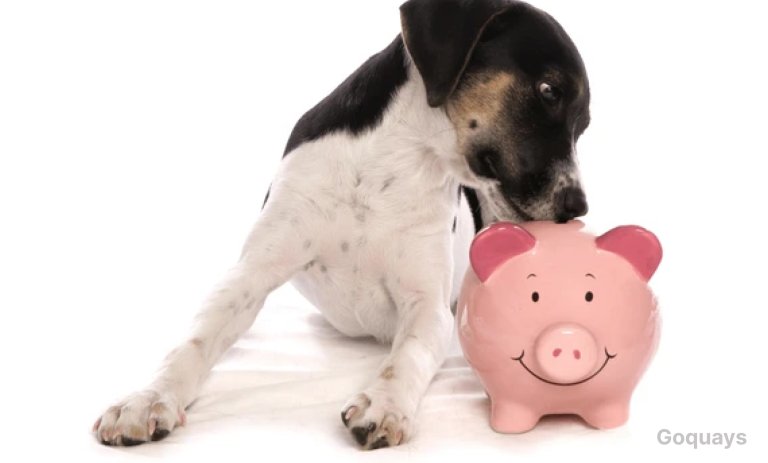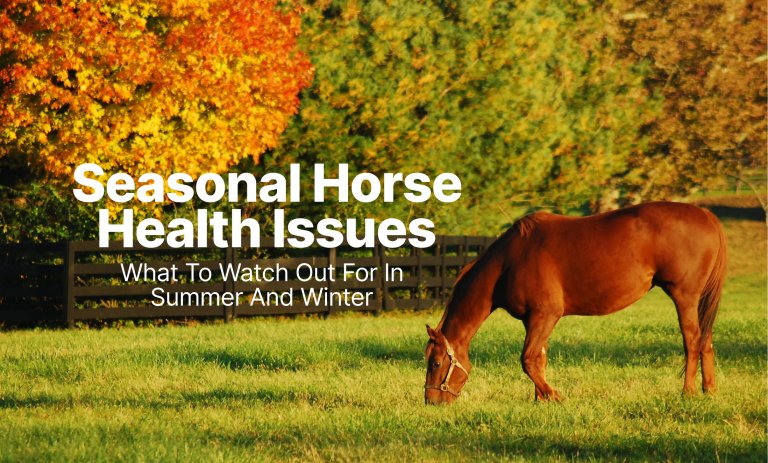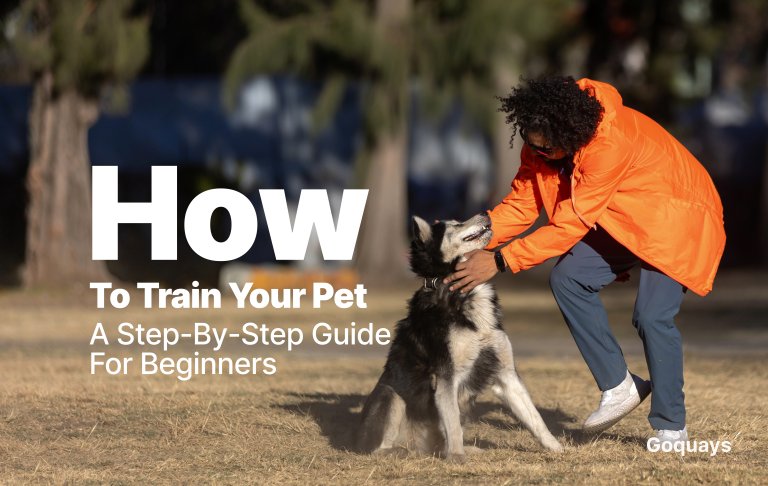It seems like more and more of our furry friends are getting a bit chunky these days. It’s become a real crisis and is important to curb obesity in pets. According to UK Pet Food’s 2024 report, a staggering 50% of dogs are currently overweight or obese according to vets, that’s one in every two dogs! It’s a serious problem that can mess with their health big time. This article is all about helping you spot the signs early on and figure out how to keep your pet at a good weight. We’ll talk about what to look for, what causes it, and simple ways to keep them healthy and happy. Because let’s be real, nobody wants a pet that’s struggling to get around. We want them to live their best life!
The Alarming Rise of Pet Obesity
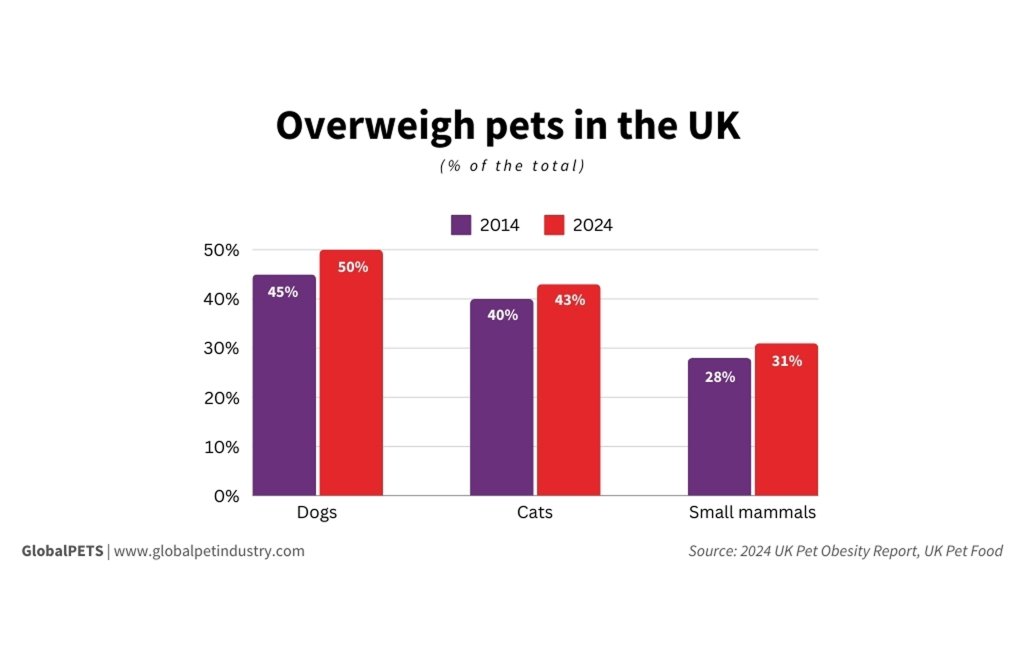
Ever notice your furry friend struggling to keep up on walks around your local park, or maybe panting a little more than usual after a short play session? It’s easy to dismiss these things, but they could be early signs of a growing problem that’s reached crisis levels in pet obesity.
Why is Pet Obesity Such a Growing Concern ?
Pet obesity isn’t just about your pet gaining a few extra pounds; it’s a serious health issue that’s becoming increasingly common across British households. The PDSA’s 2023 findings show that veterinary professionals estimate 46% of dogs are overweight or obese, with some published studies showing up to 65% of the UK’s pet dogs are overweight. The rise in pet obesity is alarming because it significantly impacts your pet’s quality of life and lifespan.
Here’s why you should be concerned:
- Increased risk of diseases: Obesity can make your pet more prone to diabetes, heart disease, and joint problems
- Reduced lifespan: Overweight pets tend to live shorter lives compared to those at a healthy weight
- Decreased quality of life: Obese pets often experience reduced energy levels, difficulty moving around, and decreased enjoyment of activities they once loved
- Higher vet bills: Managing obesity-related health conditions can be costly for pet owners
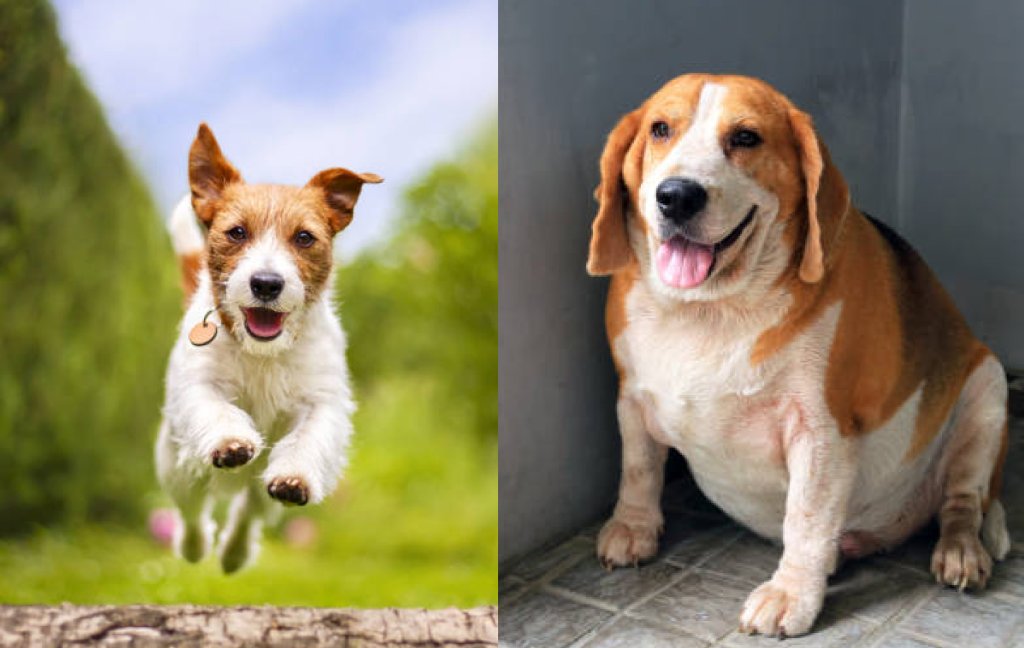
It’s easy to think a little extra food here and there won’t hurt, but those small indulgences can add up over time. Research shows that almost 70% pet owners think their pet is exactly the right size, and 67% admit they’re not concerned about pet obesity. This disconnect between reality and perception is part of the problem.
According to recent research, obese and overweight dogs are:
- 3.9x more likely to be diagnosed with skin issues
- 3.7x more likely to be diagnosed with hormone imbalances
- 2.4x more likely to be diagnosed with breathing problems
- 3.1x more likely to be diagnosed with joint conditions
The UK’s pet obesity crisis highlights the importance of understanding and addressing this issue to ensure the well-being of our furry friends across England, Scotland, Wales, and Northern Ireland.
Recognising Early Warning Signs in Your Pet
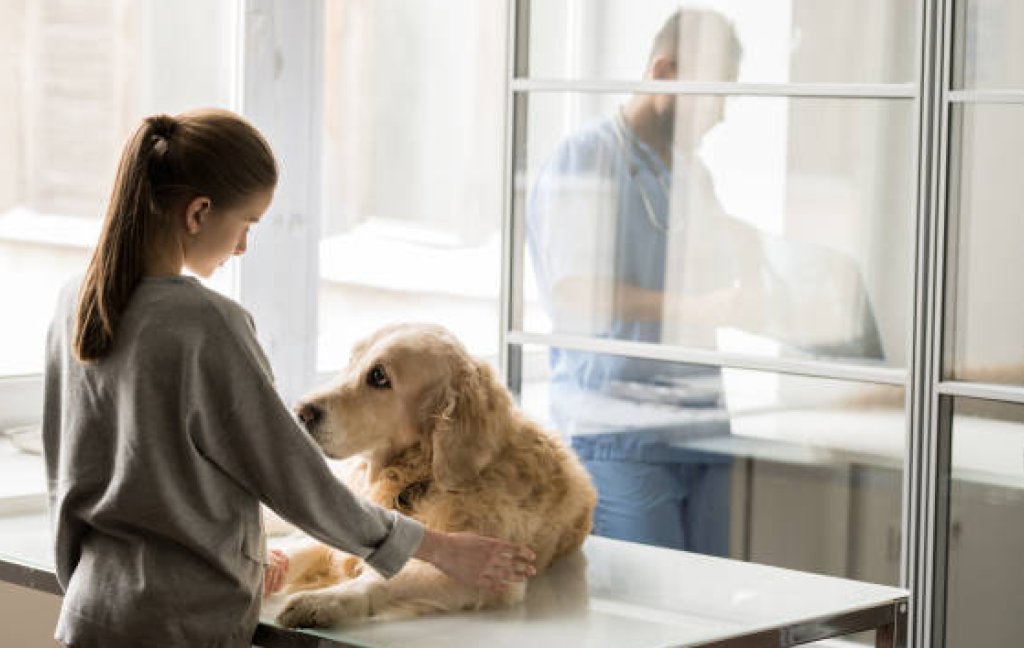
Ever catch yourself thinking your furry friend is getting a little rounder? You’re not alone! Just like us, pets can pack on extra pounds without us even realising it. Spotting the early warning signs is key to keeping your companion healthy and happy. It’s all about noticing those subtle changes before they become bigger problems.
Visual Cues: Body Condition Scoring
Think of body condition scoring as a quick visual check-up you can do at home. It’s a way to assess your pet’s weight by looking at and feeling their body. Ideally, you should be able to feel their ribs without pressing too hard, and they should have a visible waistline when viewed from above. If you’re struggling to feel those ribs or your pet looks more like a sausage than an hourglass, it might be time to take action.
Here’s a simple breakdown:
- Ideal weight: Ribs easily felt, visible waistline, abdominal tuck
- Overweight: Ribs felt with slight pressure, waistline barely visible, minimal abdominal tuck
- Obese: Ribs difficult to feel, no waistline, no abdominal tuck, possible fat deposits
Behavioural Changes to Watch For
It’s not just about what you see; it’s also about what your pet does. Keep an eye out for these behavioural shifts:
- Decreased Activity: Is your once-energetic dog suddenly less interested in walks around the neighbourhood or playtime in the garden?
- Increased Panting: Are they panting excessively, even when it’s not hot or after minimal exertion?
- Difficulty Grooming: Are they struggling to reach certain areas when grooming themselves?
- Reluctance to Exercise: Do they seem hesitant to go for their usual walks or play sessions?
Changes in behaviour can be subtle, but they’re often the first indicators that something isn’t quite right. Pay attention to your pet’s daily routine and note any deviations. Early detection can make a huge difference in managing their weight and overall health.
Effective Prevention Strategies for Pet Owners
Ever catch yourself sneaking your furry friend an extra treat or two? We all do it! But those little extras can add up. Let’s explore some simple ways to keep your pet at a healthy weight and feeling fantastic.
Nutritional Management: Choosing the Right Food
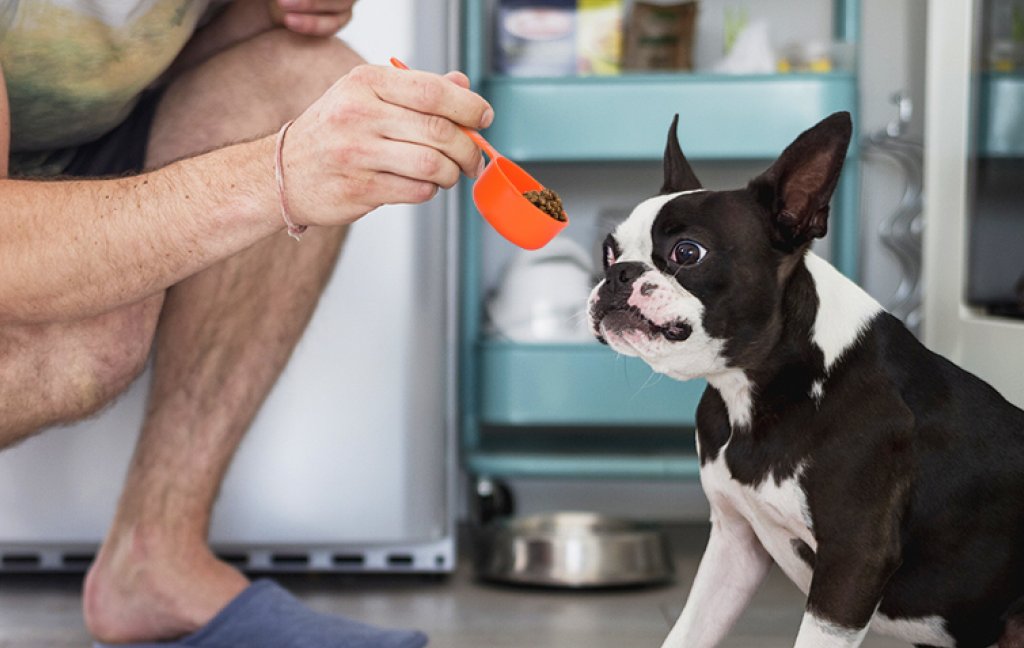
Think of your pet’s food as fuel. You want the good stuff! Choosing the right food is the first step in preventing pet obesity. Look for high-quality pet food that lists real meat as the primary ingredient. Avoid foods loaded with fillers and artificial additives. It’s like reading the label for yourself know what you’re feeding!
Top tips for pet owners:
- Consider your pet’s age, breed, and activity level when selecting food
- Talk to your local vet about the best food options for your pet’s specific needs
- Transition to a new food gradually to avoid digestive upset
- Look for foods that comply with pet food standards
A good rule of thumb is to choose food that is specifically formulated for your pet’s life stage (puppy/kitten, adult, senior). These formulas are designed to meet their changing nutritional needs.
Portion Control and Feeding Schedules
Free-feeding? It might be time for a change. Just like us, pets thrive on routine. Portion control and regular feeding schedules can make a huge difference. The PDSA reports that 28% of veterinary professionals who saw a rise in pet obesity said it was due to pets being fed too many treats. Measure out your pet’s food according to the guidelines on the food packaging, and stick to a consistent feeding schedule. No more guessing games!
Simple feeding guide for pets:
| Pet Size | Recommended Daily Calories | Example Food Amount (Based on 350 kcal/cup) |
| Small (4.5kg/10lbs) | 200-275 | 1/2 – 3/4 cup |
| Medium (14kg/30lbs) | 500-700 | 1 1/2 – 2 cups |
| Large (27kg/60lbs) | 900-1200 | 2 1/2 – 3 1/2 cups |
Essential feeding tips:
- Use a measuring cup to ensure accurate portion sizes
- Divide the daily amount into two or three meals
- Avoid leaving food out all day
- Account for treats in your pet’s daily calorie allowance
The Importance of Regular Exercise
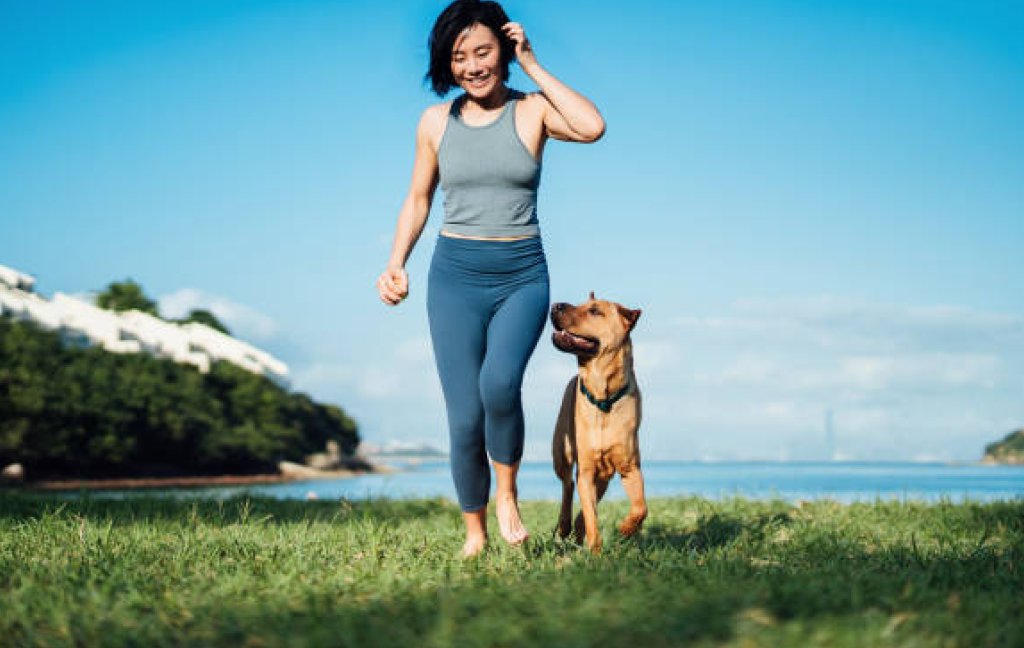
Let’s get moving! Exercise isn’t just about weight loss; it’s about overall well-being. Regular physical activity helps your pet burn calories, build muscle, and stay mentally stimulated. Plus, it’s a great way for you to bond with your furry friend and explore your local area. Think of it as fun time, not chore time!
Great exercise ideas for pets:
- Take your dog for daily walks around local parks or footpaths
- Engage your cat in interactive play sessions with toys
- Consider activities like swimming (great for joint health) or agility training
- Make use of UK’s dog-friendly beaches and walking trails
- Try indoor activities during those rainy British days
When to Consult Your Veterinarian
Ever find yourself wondering, “Is this normal?” when it comes to your pet’s weight or behaviour? It’s a question every pet parent asks themselves at some point. Trust your gut! If something feels off, it’s always best to get a professional opinion from your local vet practice.
When to book that appointment:
If your pet suddenly gains or loses weight, contact your vet, unexplained changes often signal underlying issues. Don’t wait, early detection matters.
A drop in energy or difficulty with usual activities like walks or play may also point to weight-related or other health problems.
Changes in eating habits such as overeating without weight gain or sudden loss of appetite can signal metabolic or medical concerns that need prompt attention.
Quick checklist for when to call your vet:
- Sudden or significant weight change
- Decreased energy levels or mobility issues
- Changes in eating habits
- Difficulty breathing or excessive panting
- Any other unusual symptoms or behaviours
Remember, you’re your pet’s best advocate. If you have any concerns about their weight, behaviour, or overall health, don’t hesitate to reach out to your veterinarian. Most UK vet practices offer weight management clinics and can provide tailored advice for your specific pet.
Long-Term Health and Wellness for Your Pet
Think about all the joy your pet brings to your life every single day. Now, imagine ensuring that happiness lasts for many years to come. It’s not just about feeding them and taking them for walks; it’s about creating a lifestyle that supports their overall well-being.
Nutritional Management: A Lifelong Commitment
Choosing the right food isn’t a one-time decision; it’s an ongoing process. As your pet ages, their nutritional needs will change. A puppy or kitten needs different nutrients than a senior dog or cat. Regularly reassess their diet with your vet to make sure they’re getting everything they need.
Key considerations:
- Consider age-specific formulas
- Pay attention to any allergies or sensitivities that develop
- Read labels carefully and avoid fillers
- Adjust portions as your pet’s activity level changes
Consistent Exercise: Staying Active Through the Years
Just like us, pets need regular exercise to stay healthy and happy. But as they get older, their exercise routines may need to be adjusted. A senior dog might not be able to run as far or as fast as they used to, but they still need daily activity.
Exercise tips for different life stages:
- Adjust the intensity and duration of exercise as needed
- Consider low-impact activities like swimming or walking on soft surfaces
- Keep an eye out for signs of pain or discomfort
- Make use of UK’s many dog-friendly spaces and facilities
Regular Vet Check-ups: Catching Problems Early
Preventive care is key to long-term health. Regular vet check-ups can help catch potential problems early, before they become serious. Your vet can also provide guidance on weight management, dental care, and other important aspects of your pet’s health.
Remember to:
- Schedule regular check-ups, even if your pet seems healthy
- Discuss any concerns you have with your vet
- Follow your vet’s recommendations for vaccinations and parasite prevention
- Consider pet insurance to help manage healthcare costs
Wrapping Things Up
So, we’ve talked a lot about pet obesity, what it looks like, and why it’s such a big deal in the country. With 50% of dogs and 43% of cats now overweight or obese, it’s clear this isn’t just a few isolated cases, it’s a nationwide crisis affecting pets across British households.
It’s easy to accidentally let our furry friends pack on a few extra pounds, especially when we just want to spoil them. But remember, keeping them at a good weight isn’t about being mean; it’s about giving them the best life possible. A healthy pet has more energy, feels better, and can be with us for a longer time.
It really comes down to paying attention to what they eat, making sure they get enough exercise, and checking in with your local vet regularly. Taking these steps helps them stay active and happy, which is what we all want for our pets, right?

